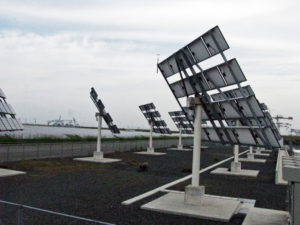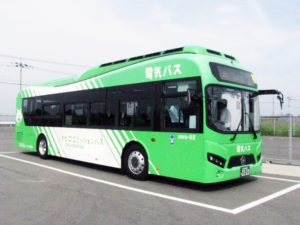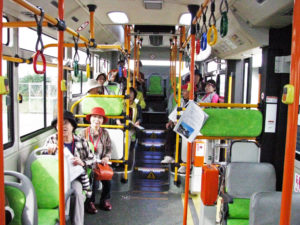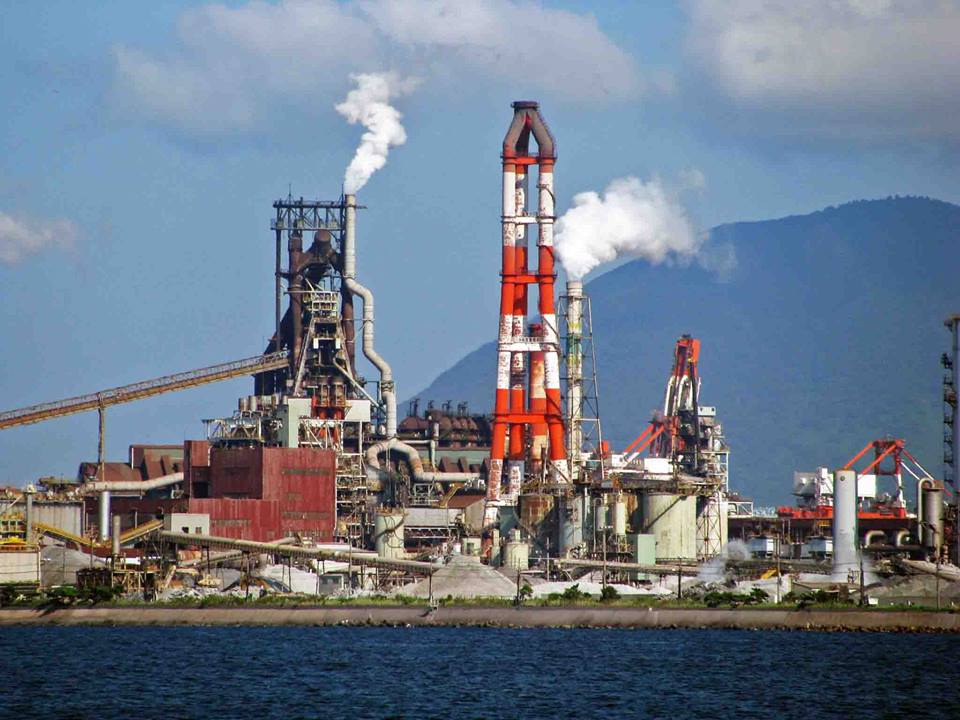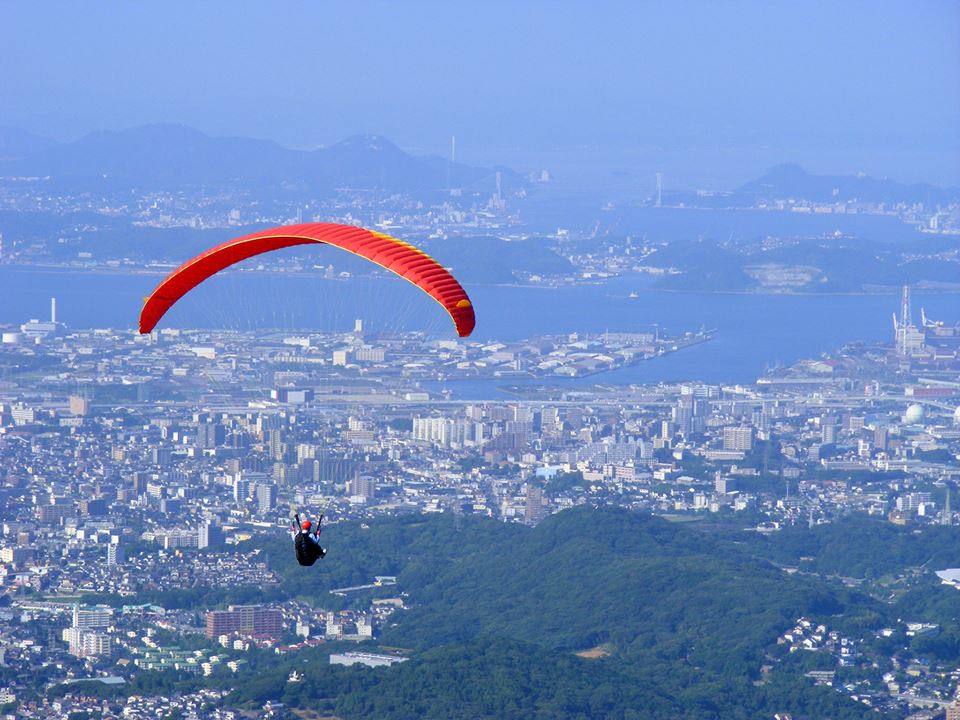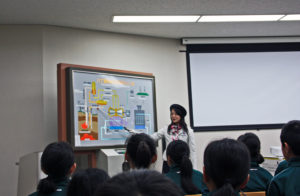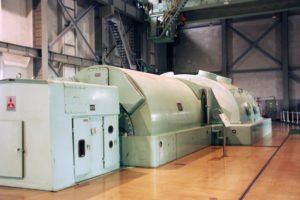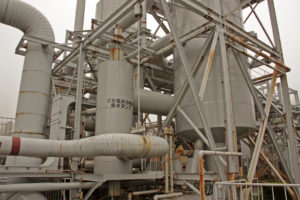Idemitsu Museum
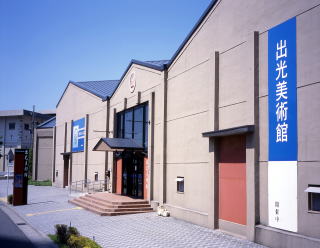 |
The Art Museum exhibits the Idemitsu Collection.
A collection that belonged to Mr. Idemitsu Sazo, the founder of Idemitsu Kosan. |
| Address |
2-3 Higashiminato-machi, Moji-ku, Kitakyushu-city, Fukuoka-city |
| Access |
10 minutes walk from JR Mojiko station 25 minutes by a vehicle from JR Kokura Station |
| Open hours | 9:00 to 17:00 |
| Admission fee | JPY 700 |
| Days closed | Monday, New Year’s holidays |
Your equiry can be sent by selecting the Enquiry Form link below.
You can also contact us by e-mail at info@japan-kyushu-tourist.com
And we would love to chat about your travel plans on the phone as well,
please ring our office a call in English Tel : +81-93-521-8897
Dalian Friendship Memorial
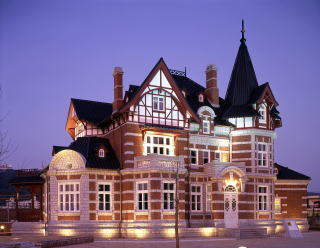 |
The building based on a German architectural style was
|
General information
| Address |
7-12 Minato-machi, Moji-ku, Kitakyushu-city, Fukuoka-city |
| Access |
10 minutes walk from JR Mojiko Station 25 minutes by a vehicle from JR Kokura Station |
| Open hours | 9:00 to 17:00 |
| Admission fee | No fee is required |
Your equiry can be sent by selecting the Enquiry Form link below.
You can also contact us by e-mail at info@japan-kyushu-tourist.com
And we would love to chat about your travel plans on the phone as well,
please ring our office a call in English Tel : +81-93-521-8897
Waste management & Recycling in Kitakyushu
By the 20th century, Waste was increasingly viewed also as a resource to recover
materials and energy.
Today, Waste management gradually evolved from a focus on disposal to a focus
on prevention, recycling and recovery for Global Environment protection and
our safety and healthy life.
Waste management and Recycling in Kitakyushu-city
In Japan, especially Kitakyushu-city is one of the most advanced municipality for
Waste management and Recycling.
The Solid Waste management process and procedure can be learned,
form Waste generation points, to collection of Waste, recycling and incineration and landfill.
One of the most important thing is Waste generation management ; how to collect and
separate the Solid Waste.
Kitakyushu has very unique waste management system that is source separation by public
participation which is an important component to increasing adoption of recycling.
Kitakyushu-city offer various opportunities of learning Solid Waste management and Recycling
for improvement of Environment in your country.
Featured facilities
Eco Project information center that supports the Eco-town. It introduces initiatives and activities
implemented in Eco-town to encourage people to proactively used the facility for such activities
as environmental study sessions and interaction amongst visitors.
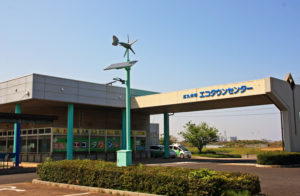 |
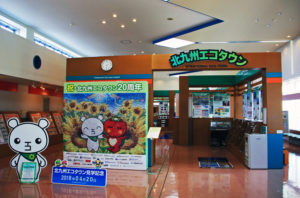 |
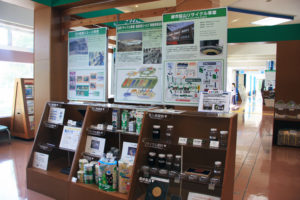 |
Zero Emission Transportation System
The Electric bus driven by the electricity generated by a solar power generation, therefor no global
warming gases emitted from the bus. Operation of the system is commenced in 2015.
The solar power generation plant, the power charging equipment and Electric bus can be observed.
|
Solar Power Generation for the Electric bus |
Electric bus |
On the Electric bus |
Waste treatment and Recycling
Plastic PET Bottle recycling / Nishi-Nippon PET Recycling
PET (polyethylene terephthalate) bottles are sorted by municipalities and recycled into
pellets and flakes, which can be used as raw materials for polyester fibers and egg cartons
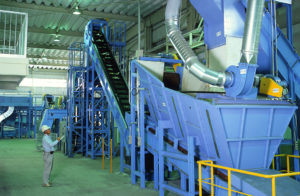 |
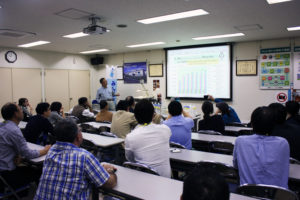 |
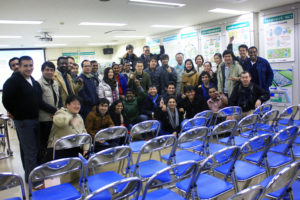 |
Melting Furnace / Sin-Moji Plant
The collected waste including metals is melted at over 1,700 degree Celsius in the Melting
Furnace and then the melted slag and metals are discharged.
The slag is used as raw materials for pavement and bricks and the metals are re-used for
other steel products. The process and technology of the Melting Furnace can be learned.
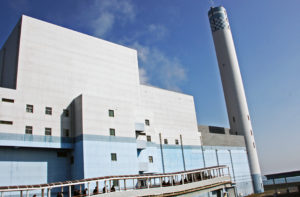 |
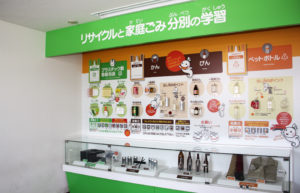 |
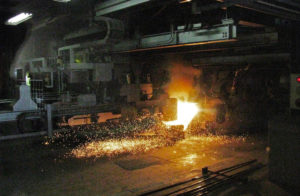 |
Waste paper recycling / Kyushu Seishi
Refined waste papers is recycled into toilet papers.
Sludge generated during the toilet paper production process is used to produce a
foaming inhibitor used by steel works.
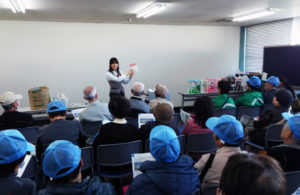 |
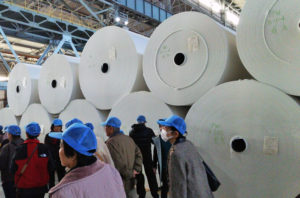 |
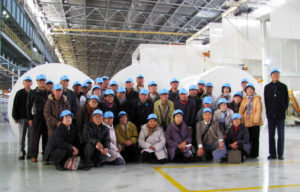 |
Food waste recycle / Merry Corporation
The food waste recycling company that the compost is being produced from food waste
discharged from food factories, hospitals, restaurants and municipal facilities.
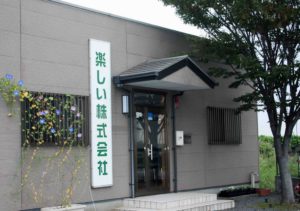 |
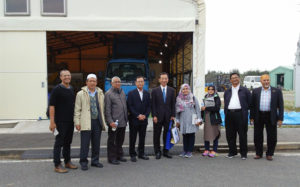 |
Your equiry can be sent by selecting the Enquiry Form link below.
You can also contact us by e-mail at info@japan-kyushu-tourist.com
Tel : +81-93-521-8897, Fax : +81-93-521-8898
Address : AIM buiding 6th floor, 3-8-1 Asano, Kokura-kitaku, Kitakyushu-city, Fukuoka-prefecture
Kitakyushu study tour / where to visit
Where to visit
Manufacturing companies
Nippon Steel and Sumitomo Metal / Yawata Works
Japan’s first modern steel making company established in Kitakyushu in 1901. Now, becoming
the best steel maker with World-leading capabiities. Process of steel making can be learned to
visit Blast Furnace and Hot rolling mill plants..
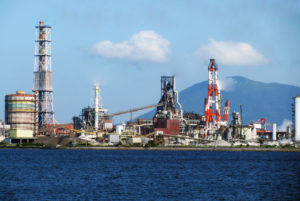 |
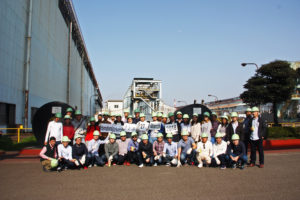 |
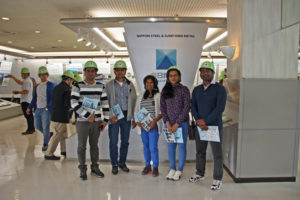 |
World-leading motor and industrial robots manufacturing company established
in Kitakyushu in 1915. The robots are heavy duty industrial robots used in welding, packing,
assembly, painting and other activities.
Robot manufacturing factory and Yaskawa Innovation Center can be visited.
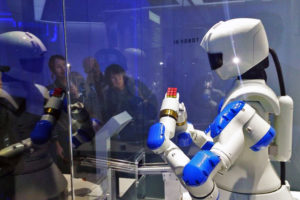 |
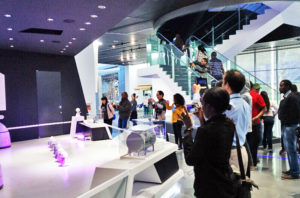 |
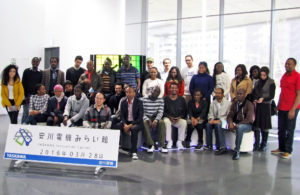 |
The world’s largest toilet manufacturer established in Kitakyushu in 1917.
The company is well-known in Washlet which is an innovative toilet seat that features an
integrated bidet. The sanitary ware manufacturing factory and TOTO Museum can be visited
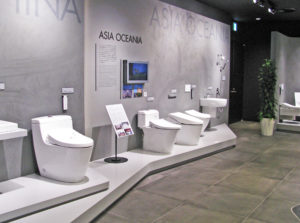 |
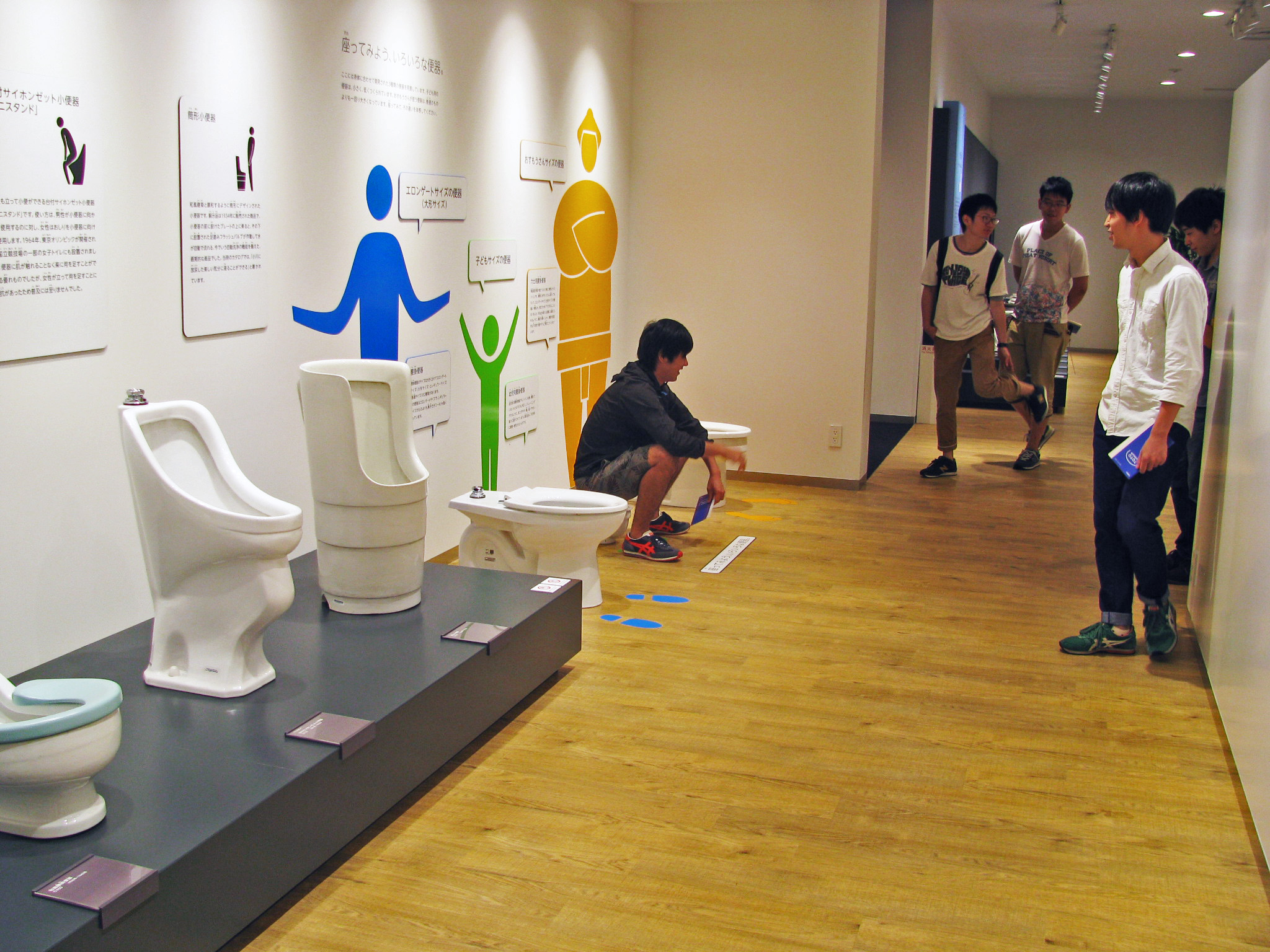 |
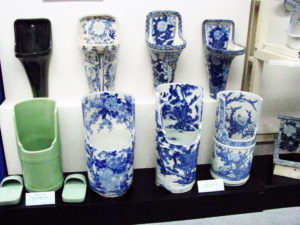 |
The roots of NISSAN is Tobata Casting funded in Kitakyushu in 1911.
The factory was commenced operation in 1975. Now TEANA, X-TRAIL ROGUE, SERENA
and MURANO are being manufactured. The process from assembly of the parts to final
products can be seen.
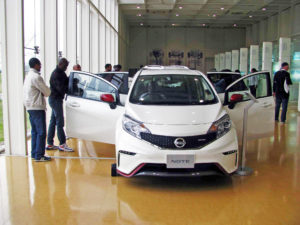 |
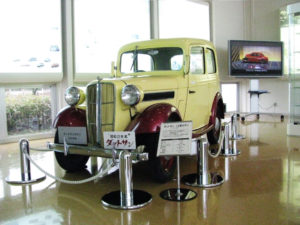 |
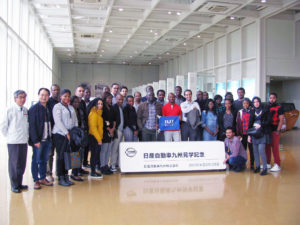 |
Established in 1991, 100% shareholder of Toyota Motor. Major manufactured car is Lexus,
and annual production volume is 430,000 cars. Assembly line and Inspection line are visited
at the factory tour.
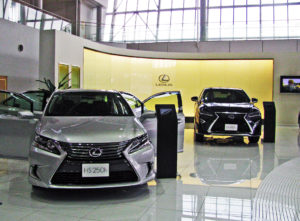 |
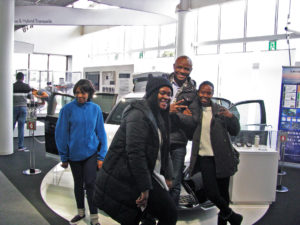 |
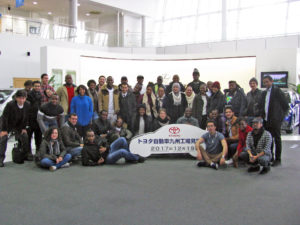 |
Environmental companies and facilities
Eco Project information center that supports the Eco-town. It introduces initiatives and activities
implemented in Eco-town to encourage people to proactively used the facility for such activities
as environmental study sessions and interaction amongst visitors.
 |
 |
 |
Zero Emission Transportation System
The Electric bus driven by the electricity generated by a solar power generation, therefor no global
warming gases emitted from the bus. Operation of the system is commenced in 2015.
The solar power generation plant, the power charging equipment and Electric bus can be observed.
|
Solar Power Generation |
Electric bus |
on the bus |
Japan’s largest Biotope, the Pradise of creatures made over the year in the waste disposal site.
237 kind of birds including circus spinouts listed on the Japan’s endangered species and 284 kind
of vegetation have been confirmed in the Biotope of 41 hectares.
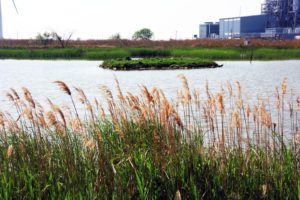 |
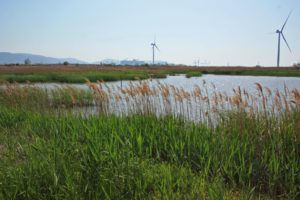 |
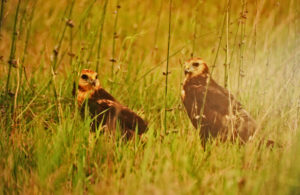 |
Power generation plants
Kyushu Electric Power / Shin-Kokura Plant
Kyushu’s first thermal power plant used LNG and power generation capacity is 1,800,000kw.
Generation of electricity process can be learned by visiting the turbine room, control room and
boiler plant.
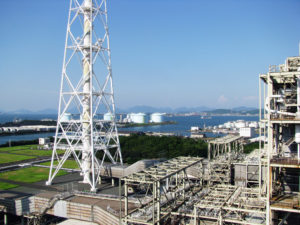 |
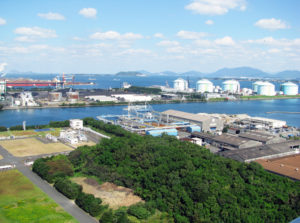 |
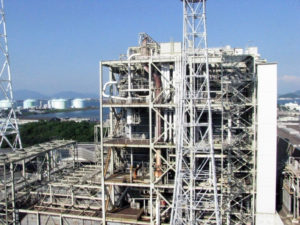 |
The company have been supplying low-cost and reliable electricity for over 60 years.
And research and development of the environmental measurement have been conducted.
New solar power generation and wind power generation systems can be learned.
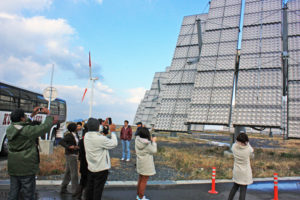 |
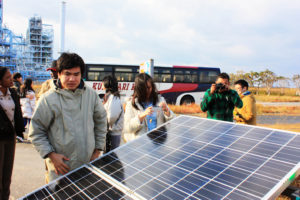 |
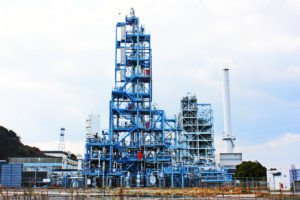 |
Japan’s first wind power generation plant constructed at the coast line facing windy strong
Hibikinada sea. 10 wind power generators line up and total generation capacity is 15,000kw.
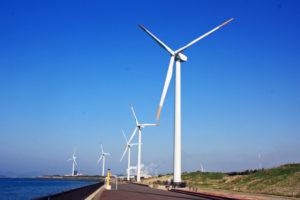 |
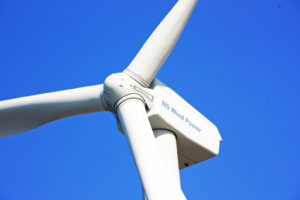 |
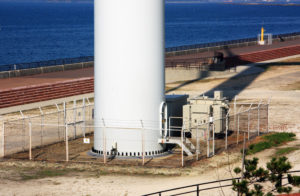 |
Waste treatment and recycling companies and facilities
Plastic PET Bottle recycling / Nishi-Nippon PET Recycling
PET (polyethylene terephthalate) bottles are sorted by municipalities and recycled into
pellets and flakes, which can be used as raw materials for polyester fibers and egg cartons
 |
 |
 |
Melting Furnace / Sin-Moji Plant
The collected waste including metals is melted at over 1,700 degree Celsius in the Melting
Furnace and then the melted slag and metals are discharged.
The slag is used as raw materials for pavement and bricks and the metals are re-used for
other steel products. The process and technology of the Melting Furnace can be learned.
 |
 |
 |
Waste paper recycling / Kyushu Seishi
Refined waste papers is recycled into toilet papers.
Sludge generated during the toilet paper production process is used to produce a
foaming inhibitor used by steel works.
 |
 |
 |
Water treatment plants and facilities
Hiagari Sewage water treatment plant
The sewage come through the sewer pipe is purified in the plant and flow into the sea.
There is an also new technology plant which the electricity is generated using the sludge from sewage.
At the Visitor Center established in 2015, sewage treatment process and technologies can be learned.
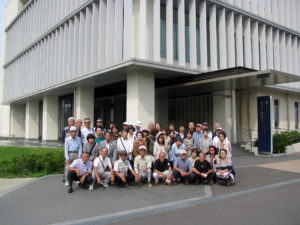 |
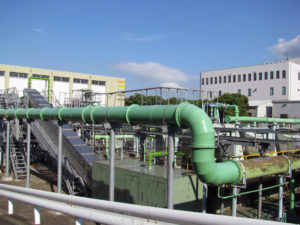 |
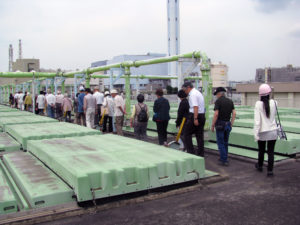 |
The Plant making fresh water from sea water and sewage water established in 2011.
The desalination process and technology can be leared.
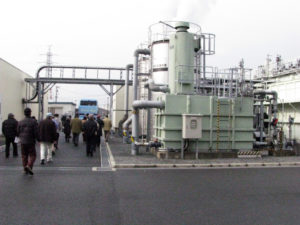 |
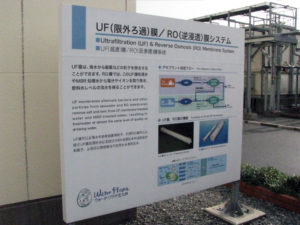 |
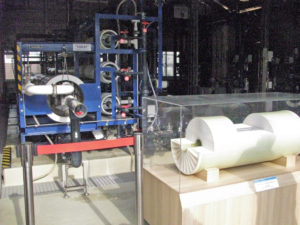 |
Food waste recycle
Merry Corporation
The food waste recycling company that the compost is being produced from food waste discharged
from food factories, hospitals, restaurants and municipal facilities.
 |
 |
Should you need further information please feel free to contact us.
Your equiry can be sent by selecting the Enquiry Form link below.
You can also contact us by e-mail at info@japan-kyushu-tourist.com
Tel : +81-93-521-8897, Fax : +81-93-521-8898
Address : AIM buiding 6th floor, 3-8-1 Asano, Kokura-kitaku, Kitakyushu-city, Fukuoka-prefecture
Taiwanes TV drama / Brave to Love
The Taiwanes TV drama was filmed in Kitakyushu-city & Shimonoseki-city.
Originally, Asunaro Hakusho (あすなろ白書Asunaro White Paper”) is a Japanese manga series
by Fumi Saimon that was serialized in Shogakukan’s Big Comic Spirits.
It won the Shogakukan Manga Award for general manga in 1992.
In 2019, the manga was adapted into a Taiwanese drama titled Brave to Love
(Chinese: 愛情白皮書; pinyin: Ai Qing Bai Pi Shu) starring Kingone Wang, Ting-hu Zhang, Gingle Wang,
Edison Song, Sylvia Hsieh and Andy Wu.
It will broadcast in Taiwan on Taiwan Television (TTV) (台視) in March 2019.
The drama was filmed in Kitakyushu-city and Shimonoseki-city
Where to film
Takami Shrine
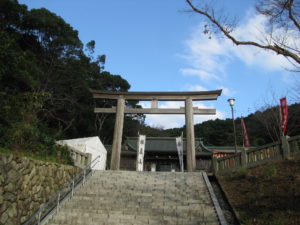 |
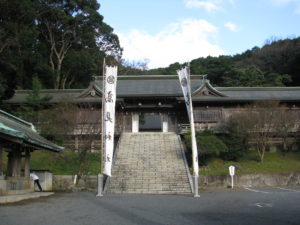 |
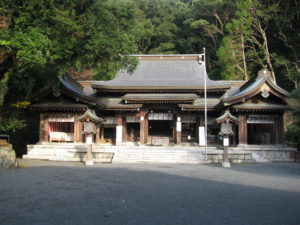 |
Kokura Castle
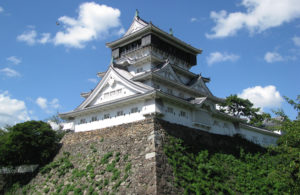 |
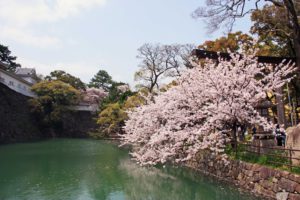 |
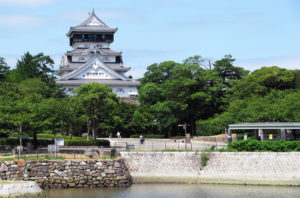 |
Mojiko
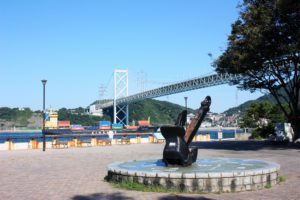 |
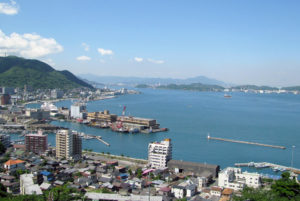 |
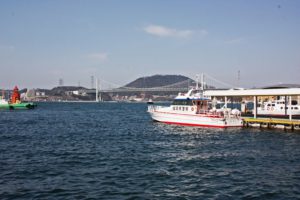 |
Wakato Bridge
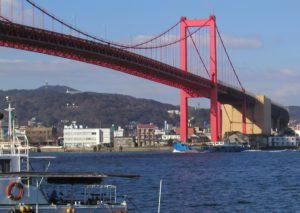 |
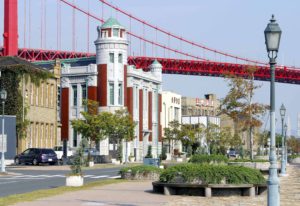 |
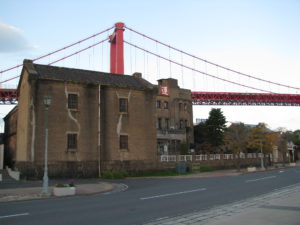 |
Shimonoseki
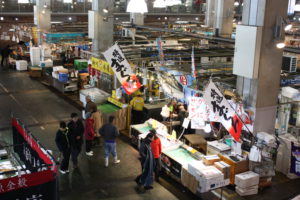 |
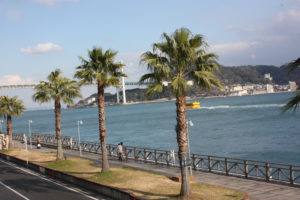 |
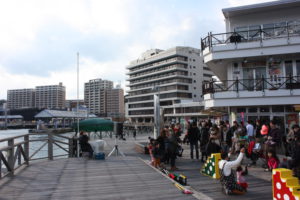 |
Your equiry can be sent by selecting the Enquiry Form link below.
You can also contact us by e-mail at info@japan-kyushu-tourist.com
Tel : +81-93-521-8897, Fax : +81-93-521-8898
Address : AIM buiding 6th floor, 3-8-1 Asano, Kokura-kitaku, Kitakyushu-city, Fukuoka-prefecture
Environmental Business in Kitakyushu-city
The city is the world’s leading environmental future city after overcoming
serious environmental pollution while it contributed greatly to Japan’s industrial development.
Now it is called industrial and environmental city which is representative of Japan.
Therefore the various things can be learn such as environment, power generation, waste
treatment, recycling and water treatment.
Eco Project information center that supports the Eco-town. It introduces initiatives and activities
implemented in Eco-town to encourage people to proactively used the facility for such activities
as environmental study sessions and interaction amongst visitors.
 |
 |
 |
Zero Emission Transportation System
The Electric bus driven by the electricity generated by a solar power generation, therefor no global
warming gases emitted from the bus. Operation of the system is commenced in 2015.
The solar power generation plant, the power charging equipment and Electric bus can be observed.
|
Solar Power Generation |
Electric bus |
On the Electric bus |
●Power generation plants
Kyushu Electric Power / Shin-Kokura Plant
Kyushu’s first thermal power plant used LNG and power generation capacity is 1,800,000kw.
Generation of electricity process can be learned by visiting the turbine room, control room and
boiler plant
 |
 |
 |
The company have been supplying low-cost and reliable electricity for over 60 years.
And research and development of the environmental measurement have been conducted.
New solar power generation and wind power generation systems can be learned.
 |
 |
 |
Japan’s first wind power generation plant constructed at the coast line facing windy strong
Hibikinada sea. 10 wind power generators line up and total generation capacity is 15,000kw.
 |
 |
 |
●Waste treatment and recycling companies and facilities
Plastic PET Bottle recycling / Nishi-Nippon PET Recycling
PET (polyethylene terephthalate) bottles are sorted by
municipalities and recycled into pellets and flakes, which can
be used as raw materials for polyester fibers and egg cartons
 |
 |
 |
Melting Furnace / Sin-Moji Plant
The collected waste including metals is melted at over 1,700 degree Celsius in the Melting
Furnace and then the melted slag and metals are discharged.
The slag is used as raw materials for pavement and bricks and the metals are re-used for
other steel products. The process and technology of the Melting Furnace can be learned.
 |
 |
 |
Waste paper recycling / Kyushu Seishi
Refined waste papers is recycled into toilet papers.
Sludge generated during the toilet paper production process is used to produce a
foaming inhibitor used by steel works.
 |
 |
 |
●Water treatment plants and facilities
Hiagari Sewage water treatment plant
The sewage come through the sewer pipe is purified in the plant and flow into the sea.
There is an also new technology plant which the electricity is generated using the sludge from sewage.
At the Visitor Center established in 2015, sewage treatment process and technologies can be learned.
 |
 |
 |
The Plant making fresh water from sea water and sewage water established in 2011.
The desalination process and technology can be leared.
 |
 |
 |
●Food waste recycle
Merry Corporation
The food waste recycling company that the compost is being produced from food waste
discharged from food factories, hospitals, restaurants and municipal facilities.
 |
 |
Should you need further information please feel free to contact us.
Your equiry can be sent by selecting the Enquiry Form link below.
You can also contact us by e-mail at info@japan-kyushu-tourist.com
Tel : +81-93-521-8897, Fax : +81-93-521-8898
Address : AIM buiding 6th floor, 3-8-1 Asano, Kokura-kitaku, Kitakyushu-city, Fukuoka-prefecture
Environmental improvement history of Kiyakyushu
The city once experienced the worst air pollution in Japan
Saw Dokai Bay turned into a “sea of death.” But it regained blue skies after
overcoming its pollution problem by the efforts of city, companies as well
as the women’s association.
Kitakyushu City, once known as a “town of pollution,” now plays the role of the driving
force in creating a recycling-oriented society in Japan making use of the experience
and know-how it accumulated in the process of overcoming its pollution in order to
provide international cooperation.
The city grew as an industrial city after the establishment of Yawata Steel Works in 1901.
It led Japan during the period of modernization and high economic growth with a focus
placed on heavy industry.
Back then, plumes of smoke coming out of the steelworks were referred to as
“seven-colored smoke” which was sung as part of the lyrics of the song of former
Yahata City as it was regarded as a symbol of prosperity. However, the prosperity
of industries brought about severe pollution and quite naturally the “seven-colored
smoke” polluted the air and caused dust deposition.
In the 1960s, air pollution in the Kitakyushu area was the worst in Japan and Dokai
Bay was turned into a “sea of death” due to effluent from factories.
It was citizens who first noticed this problem of pollution. The city started to hear the
voices of its residents saying such things as, “my house is becoming sandy” and
“the laundry gets dirty” from around 1950. The Women’s Association in Tobata area
stood up, investigated the problem themselves and asked the council, administration
and companies to take measures against pollution. ‘I Want Blue Sky’, a documentary
film produced by the Tobata Women’s Association in 1965 was what symbolized the
citizens’ campaign calling for measures against pollution.
Pushed by the voices of its citizens, the Kitakyushu administration started to take action
to grasp the actual situation by measuring the level of air pollution. It then gave
instructions and conducted on-site inspections at these companies urging them to take
measures to improve the situation. Finally, the city concluded a pact on pollution
prevention with each plant and established the Council on Air Pollution Prevention
made up of the city, Fukuoka Prefecture, then Regional Bureaus of International
Trade and Industry and about 30 companies in the city. These companies
responded by putting pollution control facilities in place as well as improving the process
of production.
In the meantime, the Air Pollution Control Act and Noise Regulation Act came into
force in 1968 and the following year, in 1969, a smog alert was issued for the first
time in Japan.
Fourteen pollution control related bills passed the so-called ‘Pollution Diet’ in 1970.
Thus, public concern towards pollution problems grew high throughout Japan while in
Kitakyushu, the city and companies worked hand in hand to tackle the pollution
problem which resulted in rapid improvement in the environment.
As a result, by around 1980, the blue sky came back to the town once covered with ‘
seven-colored smoke.’ Furthermore, over 100 species of fish live in Dokai Bay which
was once nicknamed the ‘sea of death’ where not even bacteria could live.
In 1985, the Organization for Economic Co-operation and Development (OECD)
introduced Kitakyushu in its White Paper on the environment as a city that transformed
itself from a ‘Gray Town’ into a ‘Green Town.’ Also the city was selected as one of the
‘Starry Towns’ with a favorable atmospheric environment in the ‘Starry Town Contest’
held by the Environment Agency in 1987.
These initiatives by Kitakyushu City are highly recognized by the global society. In 1990,
the city received the ‘Global 500 Award’, which is given by the UN Environment
Program (UNEP) to individuals and organizations that combat environmental issues,
and was the first local government to win the Award in Japan. At the Earth Summit
held in Rio de Janeiro, Brazil in 1992, Kitakyushu City was honored with the ‘Local
Government Honors Award. The city is the only local government to win the Award
in Japan.
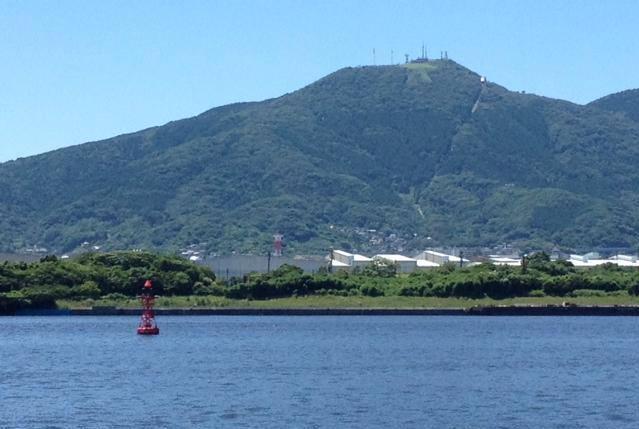
In addition, the initiative towards a better environment was enhanced and it started the
sorted collection of cans and bottles in 1993. In 1998, a system in which residents are
obliged to use designated plastic bags for municipal waste started. In 2001,
‘Kitakyushu Expo-Festival 2001’ with the environment as a theme was held at
Higashida area, an idle land owned by Nippon Steel Corporation, where infrastructure
improvement work was going on based on the concept of ‘Kitakyushu Renaissance.
Then, the concept of a ‘Green Village’ in Yahata Higashida began in 2003.
Thus, efforts towards a better environment advanced further.
As mentioned above, Kitakyushu was recognized as the ‘Environmental Model City’
together with 12 other local governments in 2008. The ‘Kitakyushu Asian Center for
Low Carbon Society’ was opened in 2010, and in 2011 the city was selected as a
‘Environmental Future City’ and also as the first ‘Model City for Green Growth’ in
Asia by the Organization for Economic Co-operation and Development (OECD).
A new challenge as the driving force towards realizing a global low carbon society
has started in Kitakyushu City where Japanese industry started.
Should you need further information please feel free to contact us.
Your equiry can be sent by selecting the Enquiry Form link below.
You can also contact us by e-mail at info@japan-kyushu-tourist.com
Tel : +81-93-521-8897 , Fax : +81-93-521-8898
Address : AIM buiding 6th floor, 3-8-1 Asano, Kokura-kitaku, Kitakyushu-city, Fukuoka-prefecture
Manufacturing company visit in Kitakyushu-city
The city of Kitakyushu is the birthplace of the modern Japanese steel industry which began
operation in 1901, and is now the world’s leading environmental future city after overcoming
serious environmental pollution while it contributed greatly to Japan’s industrial development.
Now it is called industrial and environmental city which is representative of Japan.
Therefore the various manufacturing can be visited for learning State-of-the-art technologies
Nippon Steel and Sumitomo Metal / Yawata Works
Japan’s first modern steel making company established in Kitakyushu in 1901. Now, becoming
the best steel maker with World-leading capabiities. Process of steel making can be learned to
visit Blast Furnace and Hot rolling mill plants.
 |
 |
 |
World-leading motor and industrial robots manufacturing company established
in Kitakyushu in 1915. The robots are heavy duty industrial robots used in welding, packing,
assembly, painting and other activities.
Robot manufacturing factory and Yaskawa Innovation Centre can be visited.
 |
 |
 |
The world’s largest toilet manufacturer established in Kitakyushu in 1917.
The company is well-known in Washlet which is an innovative toilet seat that features an
integrated bidet. The sanitary ware manufacturing factory and TOTO Museum can be visited
 |
 |
 |
The roots of NISSAN is Tobata Casting funded in Kitakyushu in 1911.
The factory was commenced operation in 1975. Now TEANA, X-TRAIL ROGUE, SERENA
and MURANO are being manufactured. The process from assembly of the parts to final
products can be seen.
 |
 |
 |
Established in 1991, 100% shareholder of Toyota Motor. Major manufactured car is Lexus,
and annual production volume is 430,000 cars. Assembly line and Inspection line are visited
at the factory tour.
 |
 |
 |
Should you need further information please feel free to contact us.
Your equiry can be sent by selecting the Enquiry Form link below.
You can also contact us by e-mail at info@japan-kyushu-tourist.com
Tel : +81-93-521-8897, Fax : +81-93-521-8898
Address : AIM buiding 6th floor, 3-8-1 Asano, Kokura-kitaku, Kitakyushu-city, Fukuoka-prefecture
Expriences in Kitakyushu
Under Construction
Japanese Cultural experiences
Time to enjoy dressing in kimono tea ceremony experience, and Rickshaw riding
experience at Kokura Castle Garden and Kokura Castle.
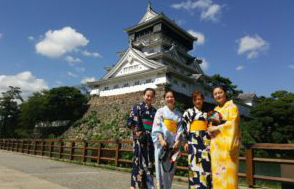 |
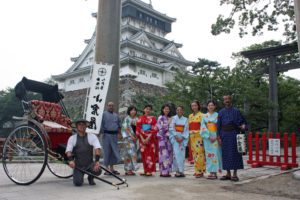 |
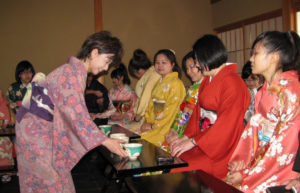 |
Company inspection tour in Kyushu
KAIZEN is one of the most important key word
for Japan’s modernization and world leading industries.
KAIZEN is the Japanese word for “improvement”. In business, KAIZEN refers to activities
that continuously improve all functions and involve all employees from the CEO to the
workers on site. It also applies to processes, such as purchasing and logistics, that cross
organizational boundaries into the supply chain.
Manufacturing Company
Nippon Steel and Sumitomo Metal / Yawata Works
Japan’s first modern steel making company established in Kitakyushu in 1901. Now, becoming
the best steel maker with World-leading capabiities. Process of steel making can be learned to
visit Blast Furnace and Hot rolling mill plants.
 |
 |
 |
World-leading motor and industrial robots manufacturing company established
in Kitakyushu in 1915. The robots are heavy duty industrial robots used in welding, packing, assembly, painting and other activities.
Robot manufacturing factory and Yaskawa Innovation Center can be visited.
 |
 |
 |
The world’s largest toilet manufacturer established in Kitakyushu in 1917.
The company is well-known in Washlet which is an innovative toilet seat that features an
integrated bidet. The sanitary ware manufacturing factory and TOTO Museum can be visited
 |
 |
 |
The roots of NISSAN is Tobata Casting funded in Kitakyushu in 1911.
The factory was commenced operation in 1975. Now TEANA, X-TRAIL ROGUE, SERENA
and MURANO are being manufactured. The process from assembly of the parts to final
products can be seen.
 |
 |
 |
Established in 1991, 100% shareholder of Toyota Motor. Major manufactured car is Lexus,
and annual production volume is 430,000 cars. Assembly line and Inspection line are visited
at the factory tour.
 |
 |
 |
Power Generation
Kyushu Electric Power / LNG thermal plant in Kitakyushu-city
Kyushu’s first thermal power plant used LNG and power generation capacity is 1,800,000kw.
Generation of electricity process can be learned by visiting the turbine room, control room and
boiler plant
 |
 |
 |
Kyushu Electric Power / Geothermal power plant in Oita-prefecture
Japan’s largest thermal power plant utilized Geothermal.
Geothermal power generation is a method of generating electricity by turning the turbine
directly with steam taken from the deep underground.
|
Introduce generation system |
Turbine room |
Boilor plant |
The company have been supplying low-cost and reliable electricity for over 60 years.
And research and development of the environmental measurement have been conducted.
New solar power generation and wind power generation systems can be learned.
 |
 |
 |
Japan’s first wind power generation plant constructed at the coast line facing windy strong
Hibikinada sea. 10 wind power generators line up and total generation capacity is 15,000kw.
 |
 |
 |
Should you need further information please feel free to contact us.
Your equiry can be sent by selecting the Enquiry Form link below.
You can also contact us by e-mail at info@japan-kyushu-tourist.com
Tel : +81-93-521-8897, Fax : +81-93-521-8898
Address : AIM buiding 6th floor, 3-8-1 Asano, Kokura-kitaku, Kitakyushu-city, Fukuoka-prefecture

